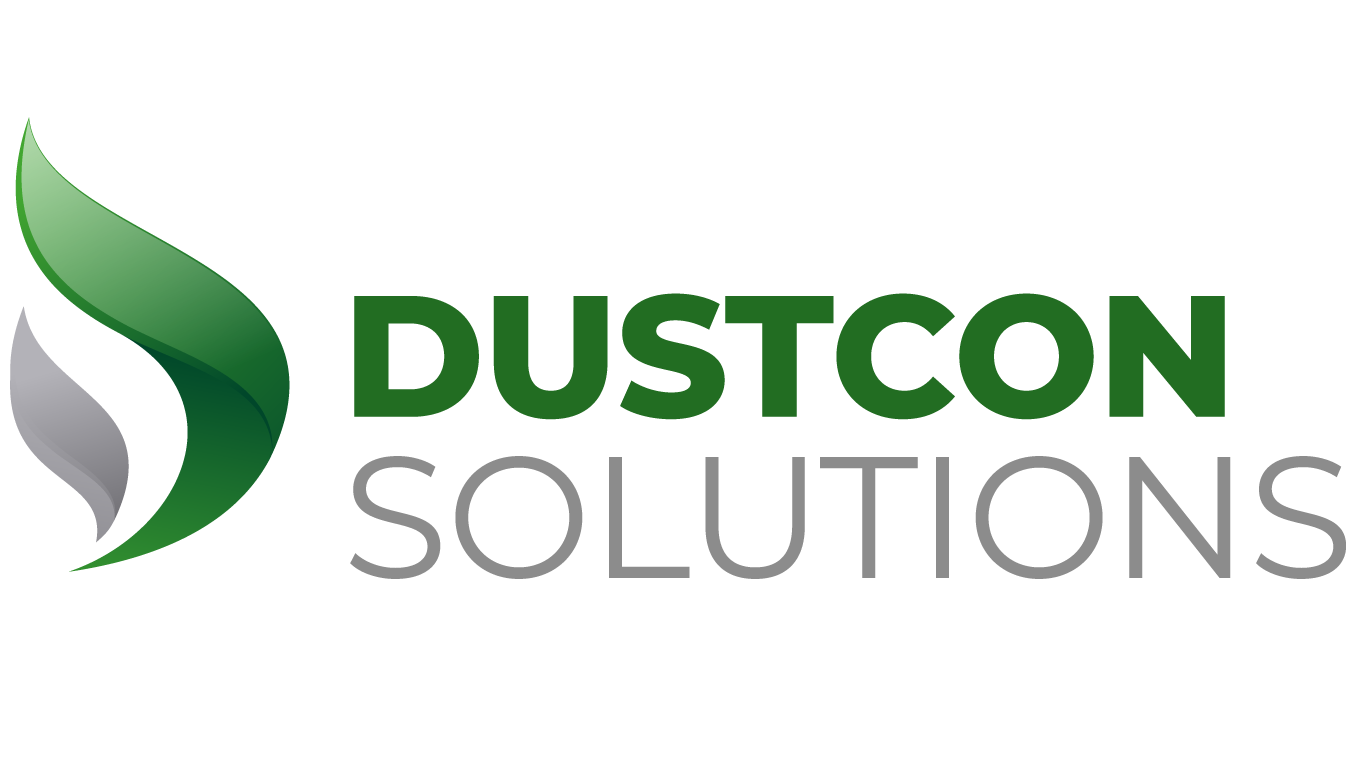

A dust hazard analysis is the first step in NFPA 652 adherence
Dust hazard analysis
If a facility deals with dusts thatWhen powder or dust is handled, processed, conveyed, collected, or packed, explosive dust clouds may emerge. An explosion or a dust deflagration may occur in the presence of an energetic source of ignition.
Several standards and codes were published by the National Fire Protection Association (NFPA) to facilitate the efforts directed toward the assessment and regulation of explosions and dust fires that occur during operations.
Here are a few relevant NFPA standards:
- NFPA 61: Standard for the prevention of fires and dust explosions in agricultural and food products facilities
- NFPA 68: Guide for venting of deflagrations
- NFPA 69: Standard on explosion prevention systems
- NFPA 77: Recommended practice on static electricity
- NFPA 484: Standard for combustible metals, metal powders and metal dusts
- NFPA 499: Recommended practice for the classification of combustible dusts and of hazardous (classified) locations for electrical installations in chemical process areas
- NFPA 654: Standard for the prevention of fire and dust explosions from the manufacturing, processing and handling of combustible particulate solids
- NFPA 655: Standard for prevention of sulfur fires and explosions
- NFPA 664: Standard for the prevention of fires and explosions in wood processing and woodworking facilities.
There is, however, certain confusion surrounding how a few of these criteria must be applied and their consistency in application.
Through NFPA 652 (2019 Edition), the best practices were collated pertaining to combustible solids. These apply regardless of the industry and the type of powder or dust. This also guides the users in finding apt standards based on their commodity or industry.
It is necessary to approach the identification and regulation of hazards that cause dust fires and explosions in a practical manner, in compliance with NFPA 652.
Explosions and flash fires from dust clouds
Deflagrations or dust cloud flash fires emerge when three conditions exist simultaneously:
- A powder that is combustible in nature and contains an adequate amount of dust content conducive to the propagation of flame, which forms a cloud whose concentration exceeds its minimum explosive concentration (MEC)
- A sufficient amount of oxygen, which is typically present in the atmosphere
- A source that can lead to ignition
When a powder or dust is being processed, handled, transferred, collected, or packed, the first two conditions are typically present. If an ignition source also emerges, a dust cloud flash fire may occur. In case the deflagration occurs within a closed space, such as a room or an enclosed process vessel, it could lead to the buildup of pressure that could cause the enclosure to rupture. This leads to a dust explosion.
Industry-specific standards
NFPA 652 has shortlisted a few standards that are specific to commodities and industries, which include NFPA 484, NFPA 61, NFPA 655, NFPA 654, and NFPA 664.
In case the particles that are combustible are in a mixture form, each solid category’s approximate proportions must be identified and collated based on the information available in order to create representative samples.
NFPA 652, 2019 edition requirements
According to NFPA 652, a facility’s owner or operator is responsible for determining if their materials are combustible or explosible, provided the facility handles or processes dusts that are potentially combustible. Here are some of the methods that can be undertaken:
- The most dependable method involves conducting a laboratory analysis using representative samples
- In case there is published data or your facility has data on its history, this information can be used, provided they are up-to-date and relate to the materials and processes currently in use.
- Laboratory analysis is not required if it is assumed that the material is explosible.
Material cannot be labeled as non-combustible merely because there have been no prior incidents. For different materials that are being used in your facility, you may work with their worst-case properties when working on design, as per NFPA 652. However, this may be an expensive approach and completely unnecessary.
are combustible or explosive, the facility’s owner or operator is required to make sure that a dust hazard analysis (DHA) is performed. This analysis must be conducted even if there were no prior incidents in the facility.
In a DHA, hazards that may lead to explosions, deflagrations, and fires are methodically reviewed within facilities handling or processing powders that are explosive or combustible. It provides various measures that can be undertaken to mitigate the risks that are identified.
If a facility has hazards that may lead to a fire or a flash fire, it is possible to identify and analyze hazard scenarios by:
- Determining the safe operating ranges
- Determining measures that were implemented to control events such as fires, flash fires, as well as explosions.
- An implementation plan should be provided for any additional safeguards recommended.
An individual with expertise in identifying and managing hazards that emerge when processing and handling combustible particles must conduct the DHA.
DHA must be a part of the project for any new construction, while the deadline for existing facilities was September 7, 2020.
Once every five years, it is mandatory to review and revise the DHA.
Fire and explosion hazards
If hazards pertaining to fires, flash fires, and explosions are identified, it is the responsibility of the owners or operators of the facility to manage them. There are two ways to meet life safety requirements, maintain mission continuity, and mitigate the spread of fires and explosions:
- As per NFPA 652, 2019 Edition, specifically Chapters 5, 7, 8, and 9, a prescriptive approach may be undertaken with prescriptive provisions of relevant NFPA standards that are specific to the commodity.
- As per Chapter 6 of NFPA 652, 2019 Edition, an approach based on performance. In the same standard, Chapter 9 recommends employing alternative designs that are based on performance for processes, materials, as well as equipment, instead of the prescriptive criteria.
Documented safety management systems
According to NFPA 652, a facility’s owner or operator is required to devise written management systems pertaining to the facility’s and equipment’s operation for the mitigation or prevention of fires, flash fires, as well as explosions due to combustible particles. New and existing facilities and processes must comply with these written management system criteria.
How to handle dust hazards?
In any facility, explosions and dust flash fires must be handled in the following manner:
- It is necessary to have data that helps understand dusts and their combustibility, explosibility, sensitivity to sources of ignition, self-heating, electrostatic, and explosive attributes.
- It is pertinent to comprehend the operations as well as processes comprehensively.
- A dust hazard analysis must be performed, wherein it is necessary to:
- Determine and assess the processes or areas in the facility that are prone to fires, explosions, and flash fires.
- Ranges for safe operation must be determined.
- Established safety measures should be identified, which were implemented to regulate events of fires, flash fires, as well as explosions.
- An implementation plan should be included when additional safeguards are needed
- A clear definition of fire prevention, protection, and isolation measures ensures life safety, and mission continuity, mitigates fire spread, and prevents explosions.
- Safety management systems should be established in a systematic manner
- In order to enhance the safety of people, communities, and businesses, it is important to continuously review and maintain management programs, data, and information on process safety, training, process controls, and processing equipment.


NFPA Compliance Undergoes Major Changes
The National Fire Prevention Association (NFPA) has outlined a dust collection system design that mu


Important Facets of NFPA 652
In the plastic industry, there are abundant powders that can transform into dust clouds that are exp


Addressing NFPA 652 Standard Regarding Combustible Dusts
Do you operate a facility that requires you to engage with substances that are dusty or powdery in n






